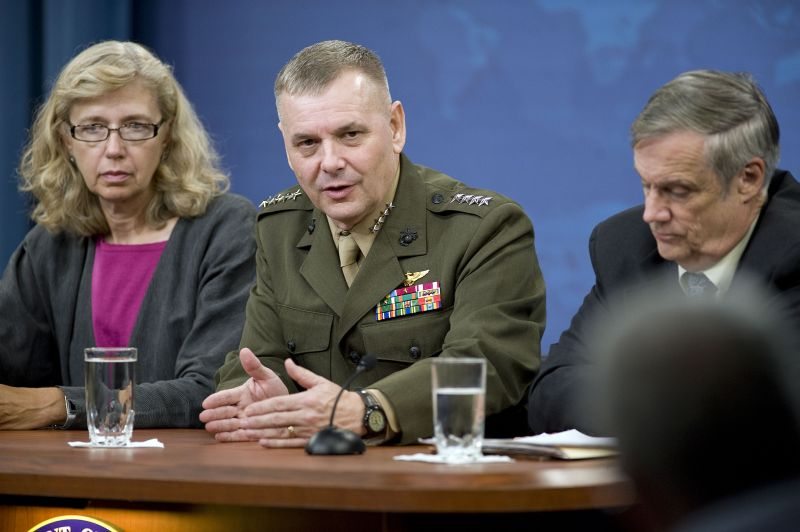The Defense Department has improved its financial processes and is on its way to meeting a congressional mandate of having all of its accounts ready for regular audits in 2017, the Pentagon’s chief financial officer said yesterday.
Several large DOD agencies — including the Army Corps of Engineers, the Defense Finance and Accounting Service and the Defense Contract Audit Agency, as well as several large trust funds the department manages — already are auditable, Comptroller Robert F. Hale told the Senate Armed Services Committee.
The committee has called for auditable accounts for some time, and the fiscal 2010 National Defense Authorization Act mandates fully auditable statements departmentwide by 2017.
Hale acknowledged it will be a challenge to meet the mandate. The lack of auditable statements, he said, reflects multiple obstacles, including the department’s enormous size and geographical dispersion. The department obligates an average of $2 billion to $3 billion every business day, and handles hundreds of thousands of payment transactions, taking place in thousands of locations worldwide, including war zones.
The department employs about 60,000 financial management personnel, he said.
“Given our size and mission requirements, we are not able to deploy the vast numbers of accountants that would be required to fully meet audit standards,” he said in a prepared statement.
With that in mind, Hale said, the department’s most daunting challenge is in moving the military services to becoming auditable. “Our greatest audit challenges lie ahead,” he said.
To pass an audit, Hale explained, an organization must have systems and processes that record the results of business events, such as contract signings, in a consistent and reliable manner. But many DOD systems are outdated and don’t handle or exchange information to auditing standards, he said.
The department is working on broad solutions, and has put in place a strong governance model, Hale said. In August 2009, the department changed its approach to improve the gathering and sharing of information that is most important to department managers: budgetary information, and that of the department’s assets, he said.
“The financial audit elements of existence and completeness translate directly into knowing what we have, and where it is so we can use the equipment in combat and ensure that our acquisition organization is buying only what DOD needs,” he said.
To improve the department’s financial systems, Hale said, officials must orient DOD around end-to-end business processes, implement the new Enterprise Resource Planning systems, modernize legacy systems when necessary, and retire those systems that are obsolete, redundant or not aligned with the department’s objectives.
The department already has taken steps to improve its approach to buying and implementing information technology systems, and is requiring more rigorous acquisition oversight and investment review, Hale said. Also, the department is procuring systems that minimize the number of required data exchanges and system-to-system interfaces to reduce the potential for errors; and is pushing for interoperability in its systems, he said.
In other changes, Hale said, the department has established a course-based certification program for financial managers, and will include financial performance in its evaluations of senior executives.
Defense Secretary Leon E. Panetta has requested a review of financial management improvements, he noted.
“I make no bones about it, we still have a long way to go,” Hale said. “But we have been making progress, and I expect to have auditable statements by 2017.”











